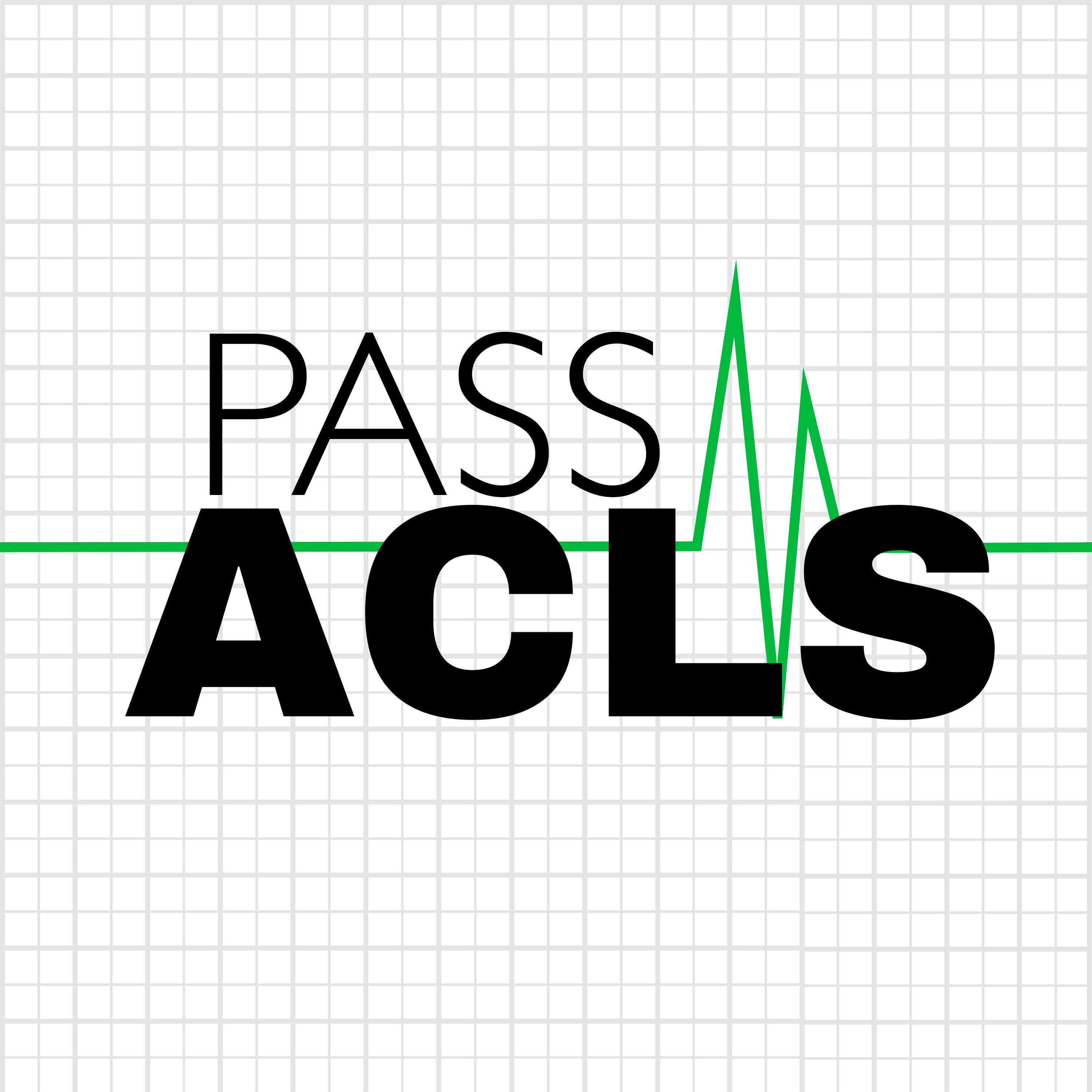H&T Reversible Causes of Cardiac Arrest: Hypothermia
Description
Hypothermic patients aren't dead until they are warm and dead.
When a patient’s core body temperature drops below 96.8 F (36 C), they are hypothermic. As the body’s temperature drops below 36 C, hypothermia may further be classified as moderate or severe:
Moderate if the patient’s body core temp is between 30-34 C; and Severe if it's below 30 C.
Modifying the ACLS Adult Cardiac Arrest algorithm for patients with severe hypothermia.
Following the ACLS algorithm for patients with a body core temperature above 30 C.
Methods for rewarming patients with moderate vs severe hypothermia.
Continuation of CPR and ACLS efforts until the patient’s body core temp is above 36 C.
Connect with me:
Website: https://passacls.com
@PassACLS on X (formally known as Twitter)
@Pass-ACLS-Podcast on LinkedIn
Give back - buy Paul a bubble tea here
Good luck with your ACLS class!
More Episodes
For apneic patients without a carotid pulse or patients with only gasping/agonal respirations, we will follow the Adult Cardiac Arrest algorithm.
For pulseless patients that the AED doesn't advise a shock, the patient's ECG shows asystole, or a non-perfusing organized rhythm (PEA), we will...
Published 05/10/24
Published 05/10/24
Providing good, high-quality CPR with minimal interruptions and early defibrillation are two key interventions shown to improved cardiac arrest outcomes.
A training tool used in many CPR and ACLS classes is to use a song (or a song list) with a tempo of 100 to 120 beats per minute to help the...
Published 05/09/24


